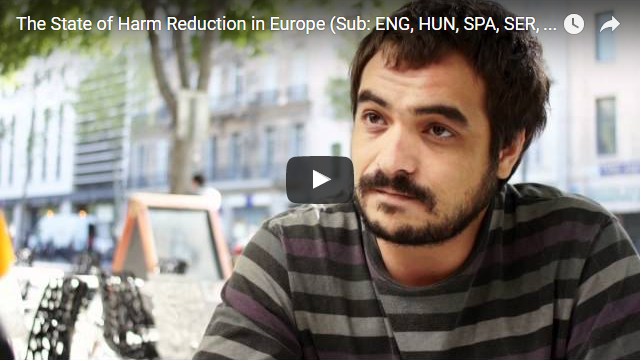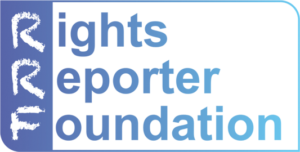The film crew of the Hungarian Civil Liberties Union (HCLU) attended the first meeting of the European Harm Reduction Network (EuroHRN) in Marseille, France. We interviewed professionals and activists from several countries to give you an overview of the current state of harm reduction in Europe – please watch and share our movie!
In the early 90s a new approach to drugs conquered Western-Europe: harm reduction. In large cities like Liverpool, Amsterdam, Zürich and Frankfurt, where huge populations of injecting drug users lived, grassroot organizations and street workers challenged the official zero-tolerance ideology that is based on the theory that all drug use is a problem in itself and the only legitimate outcome of any intervention is abstinence. The change was driven by the menace of the emerging HIV epidemic that overwrote the conventional wisdom of “just say no”: how can you treat addicts without keeping them healthy and alive? How can you keep them alive and healhty without treating them as human beings and as part of the solution and not part of the problem? The new movement was led by user communities who organized themselves to fight HIV and overdoses and to convince the authorities that chasing and imprisoning drug users is not the best way to tackle the problem. Harm reduction broke the old paradigm of legalization-prohibition and offered pragmatic answers: the distribution of sterile injecting equipment and opiate substition treatment to prevent blood-borne infections, crime and overdoses. Harm reducers introduced non-judgmental education and counseling.
By the end of the century harm reduction as a practice became integral part of national drug strategies in almost all countries of Europe – what is more, harm reduction became official European Union policy. In Western-Europe several cities started to experiment with innovative programs such as supervised injection and smoking facilities, heroin maintenance treatment and Naloxone distribution. By now, harm reduction is part of the mainstream drug treatment systems in most European countries and the results are very visible: injecting drug use is far less a problem in terms of HIV, crime and overdoses in Europe than in those parts of the world that resisted harm reduction.
We can witness some backward trends today. Due to the economic crisis there are significant budget cuts and the welfare state is in danger. In the world of scarce resources people tend to blame marginalized groups for their problems and there is a growing support for populistic politics holding out the promise to restore law and order. In the strongholds of harm reduction such as The Netherlands, there is no real danger that the government will stop harm reduction interventions, even if it attempts to restrict drug policies in general. However, in Central-Eastern Europe, where harm reduction could not get a strong foothold, its public support is limited and health care systems are weak, new populistic governments can do enormous harms. In my country for example, the government cut tow-thirds of its drug budget in two years. In addition, it rejected our progressive, harm reduction oriented drug strategy and replaced it with a new, recovery-oriented one. The term recovery was adopted from the UK, where the Conservative government put this term in the center of its drugs policies. The only problem with recovery is that it is an ideologically loaded concept and nobody could clearly define it. Abstinence is of course part of the solutions – but not the only solution. I believe that harm reduction as a philosophy and as a practice will survive these troubled times because it is too mainstream now in Europe. The question is how many people have to lose their health and lives until governments realize that “tough on crime” and “abstinence only” approaches are doomed to failure.
Posted by Peter Sarosi.




